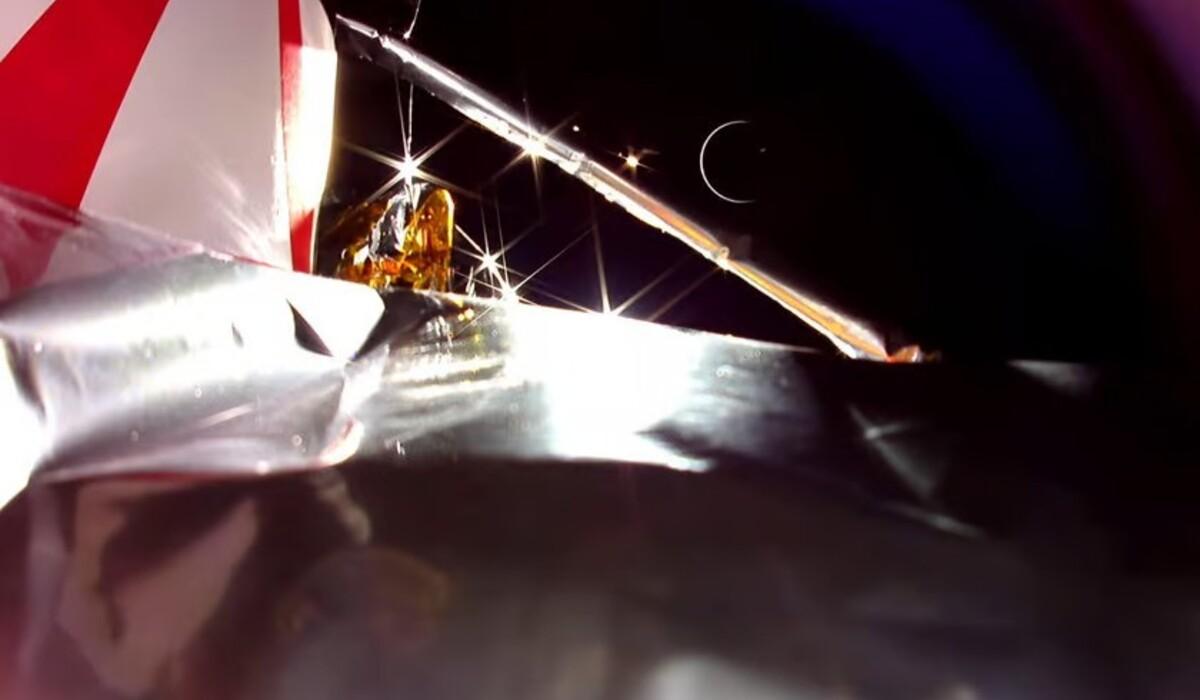America’s ambitious bid to land on the Moon after 52 years faced a tragic setback as the privately owned Peregrine 1 spacecraft, on a historic mission, met a fiery demise over the South Pacific. The conclusion of Peregrine Mission One was confirmed by NASA’s Deep Space Network station in Canberra, which tracked the craft and served as a telemetry relay for Astrobotic Systems, the spacecraft’s owner.
The mission aimed to achieve two significant milestones – it was poised to be the first US Moon landing since Apollo 17 in 1972 and the inaugural private Moon landing in history. Initially, the liftoff appeared flawless, but excitement turned to disappointment when a faulty valve caused the leakage of liquid oxygen, rupturing a propellant tank.
“Space exploration is a learning game, especially at this stage and we shouldn’t look at this as a failure; we should look at this as an incredible engineering success,” Sian Cleaver, Airbus’ Orion European Service Module industrial manager, told the BBC’s Today Programme.
“At one point it was looking like this mission was doomed, but a team of engineers and scientists managed to work together and to problem solve and to restore some capabilities of the spacecraft and ultimately direct it back to Earth,” she said. “I think that’s actually pretty impressive.”
“There’s a lot that we can take away from this, but ultimately space travel is difficult and we’re seeing that here.”
The substantial propellant loss rendered the Moon landing unattainable, and the outgassing thrust veered Peregrine off course, complicating its solar panel alignment for power.
Despite the propulsion system setback, other systems and the payload of experiments aboard Peregrine functioned as intended. Mission Control successfully stabilized the craft, halting the venting eventually. Astrobotic, hopeful of salvaging some aspects of the mission, explored options to place Peregrine in an alternative orbit. However, after consultation with NASA, the decision was made to let Peregrine persist on its collision course, leading to its atmospheric incineration, avoiding the risk of navigation hazards.
The mission’s demise underscores the complexities and challenges associated with space exploration, demonstrating that even meticulously planned ventures can succumb to unexpected technical issues. While the dream of a private Moon landing remains unfulfilled for now, the incident serves as a valuable learning experience for future endeavors in space exploration.

